3,694cc DOHC Inline 6-Cylinder Engine Lucas Mechanical Fuel Injection 245bhp at 5,200rpm 5-Speed Manual ZF Transmission Independent Front Suspension - Live Rear Axle 4-Wheel Disc Brakes *113th of Only 247 Series II Sebrings produced *Built for the 1966 Barcelona Motor Show *Desirable ZF 5-Speed Manual Gearbox *Giovanni Michelotti-Designed Coachwork by Vignale THE MASERATI SEBRING Introduced in 1962, the Sebring was one of the final manifestations of the landmark 3500 GT, which had been the linchpin of Maserati's program to establish itself as a manufacturer of road cars. The Modena marque's new era began in 1957 with the launch of the Touring-bodied 3500 GT, its first road car built in significant numbers. A luxury 2+2, the 3500GT drew heavily on Maserati's competition experience, employing a tubular chassis frame and an engine derived from the 350S sports car unit of 1956. Suspension was independent at the front by wishbones and coil springs, while at the back there was a conventional live axle/semi-elliptic arrangement. The 3500 GT's designer was none other than Giulio Alfieri, creator of the immortal Tipo60/61 'Birdcage' sports-racer and the man responsible for developing the 250F into a World Championship winner. The twin-overhead-camshaft, six-cylinder engine was a close relative of that used in the 250F and developed around 220bhp initially, later examples producing 235bhp on Lucas mechanical fuel injection. Built initially with drum brakes and four-speed transmission, the 3500 GT was progressively updated, gaining five speeds, front disc brakes and, finally, all-disc braking. A car possessing such impeccable antecedents not unnaturally attracted the attention of Italy's finest Carrozzeria: Allemano, Bertone and Frua all created bodies for the 3500 GT chassis. Most Coupes were the work of Touring, while all but one (a Frua-bodied example) of the much less common Spider version were the work of Carrozzeria Vignale. Built on the short-wheelbase chassis of the Spider and likewise styled by Vignale, the Sebring Coupe arrived in 1962. By now a five-speed ZF gearbox, four-wheel disc brakes and fuel injection were standard equipment, with automatic transmission, air conditioning and a limited-slip differential available as options. With a hefty price tag, the new Maserati was some 22% more expensive than the contemporary Aston Martin DB5, its closest rival. 1965 saw the introduction of the Series II, and with it came a revised front end and side vents, horizontal tail lights, larger tires, and a modified Tipo AM 101/10 motor. Production ended in 1966, by which time 591 Sebrings had been built. THE MOTORCAR OFFERED This gorgeous Sebring II was, according to copies of the Maserati Ordine in Fabbrica, first ordered on December 6, 1965 and destined for the show stand of the 1966 Barcelona Motor Show. In putting their best foot forward to highlight the model on the Iberian Peninsula, s/n 295 was ordered in Celeste Chiaro (light blue) over Rossa (red) leather with matching carpets and outfitted from new with air conditioning, wire wheels, oval exhaust tips, and a tool roll. According to the copy of the Avviso Spedizione, the car was completed on March 23, 1966 and shipped to Spain for its time on the show stand in Barcelona from April 14-24. Of the 247 Sebring Series IIs produced, this car was that 113th built, and of the 130 Series IIs fitted with the more power 3.7-liter motor, it was the 44th. After its time in the spotlight in Barcelona, the Maserati remained in Europe, eventually finding its way to the UK in 1998 in the collection of Peter Martin Coming to the USA in 2005, the current owner acquired the car in 2008 from a close friend who had brought the car Stateside. Believed to have been rotisserie restored in Europe, at which time it was finished in its current period correct livery of Burgundy Red over Beige hides, the car has been lovingly cared for since coming to the USA. Receipts on file dating back to 2006 and totalin
3,694cc DOHC Inline 6-Cylinder Engine Lucas Mechanical Fuel Injection 245bhp at 5,200rpm 5-Speed Manual ZF Transmission Independent Front Suspension - Live Rear Axle 4-Wheel Disc Brakes *113th of Only 247 Series II Sebrings produced *Built for the 1966 Barcelona Motor Show *Desirable ZF 5-Speed Manual Gearbox *Giovanni Michelotti-Designed Coachwork by Vignale THE MASERATI SEBRING Introduced in 1962, the Sebring was one of the final manifestations of the landmark 3500 GT, which had been the linchpin of Maserati's program to establish itself as a manufacturer of road cars. The Modena marque's new era began in 1957 with the launch of the Touring-bodied 3500 GT, its first road car built in significant numbers. A luxury 2+2, the 3500GT drew heavily on Maserati's competition experience, employing a tubular chassis frame and an engine derived from the 350S sports car unit of 1956. Suspension was independent at the front by wishbones and coil springs, while at the back there was a conventional live axle/semi-elliptic arrangement. The 3500 GT's designer was none other than Giulio Alfieri, creator of the immortal Tipo60/61 'Birdcage' sports-racer and the man responsible for developing the 250F into a World Championship winner. The twin-overhead-camshaft, six-cylinder engine was a close relative of that used in the 250F and developed around 220bhp initially, later examples producing 235bhp on Lucas mechanical fuel injection. Built initially with drum brakes and four-speed transmission, the 3500 GT was progressively updated, gaining five speeds, front disc brakes and, finally, all-disc braking. A car possessing such impeccable antecedents not unnaturally attracted the attention of Italy's finest Carrozzeria: Allemano, Bertone and Frua all created bodies for the 3500 GT chassis. Most Coupes were the work of Touring, while all but one (a Frua-bodied example) of the much less common Spider version were the work of Carrozzeria Vignale. Built on the short-wheelbase chassis of the Spider and likewise styled by Vignale, the Sebring Coupe arrived in 1962. By now a five-speed ZF gearbox, four-wheel disc brakes and fuel injection were standard equipment, with automatic transmission, air conditioning and a limited-slip differential available as options. With a hefty price tag, the new Maserati was some 22% more expensive than the contemporary Aston Martin DB5, its closest rival. 1965 saw the introduction of the Series II, and with it came a revised front end and side vents, horizontal tail lights, larger tires, and a modified Tipo AM 101/10 motor. Production ended in 1966, by which time 591 Sebrings had been built. THE MOTORCAR OFFERED This gorgeous Sebring II was, according to copies of the Maserati Ordine in Fabbrica, first ordered on December 6, 1965 and destined for the show stand of the 1966 Barcelona Motor Show. In putting their best foot forward to highlight the model on the Iberian Peninsula, s/n 295 was ordered in Celeste Chiaro (light blue) over Rossa (red) leather with matching carpets and outfitted from new with air conditioning, wire wheels, oval exhaust tips, and a tool roll. According to the copy of the Avviso Spedizione, the car was completed on March 23, 1966 and shipped to Spain for its time on the show stand in Barcelona from April 14-24. Of the 247 Sebring Series IIs produced, this car was that 113th built, and of the 130 Series IIs fitted with the more power 3.7-liter motor, it was the 44th. After its time in the spotlight in Barcelona, the Maserati remained in Europe, eventually finding its way to the UK in 1998 in the collection of Peter Martin Coming to the USA in 2005, the current owner acquired the car in 2008 from a close friend who had brought the car Stateside. Believed to have been rotisserie restored in Europe, at which time it was finished in its current period correct livery of Burgundy Red over Beige hides, the car has been lovingly cared for since coming to the USA. Receipts on file dating back to 2006 and totalin
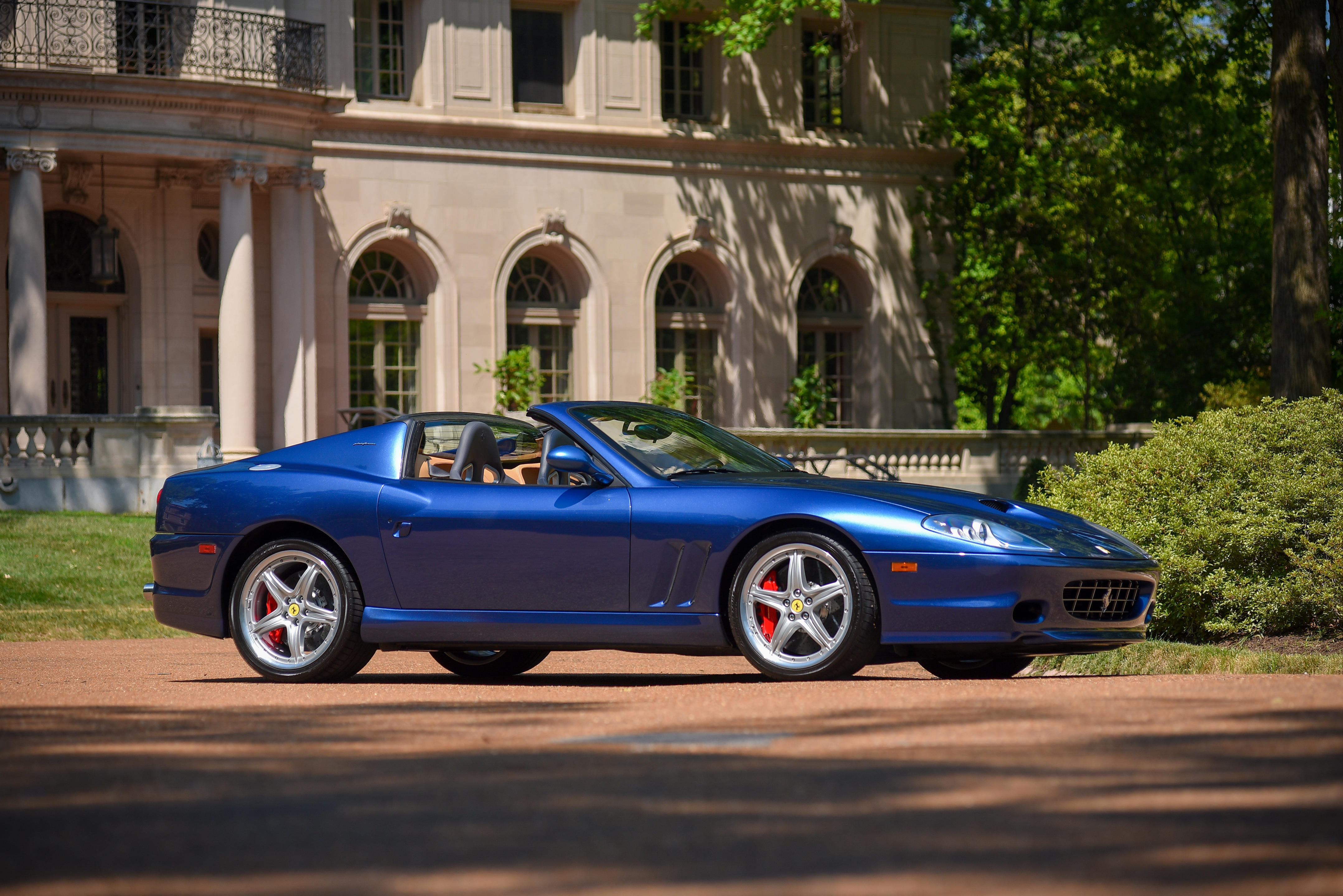
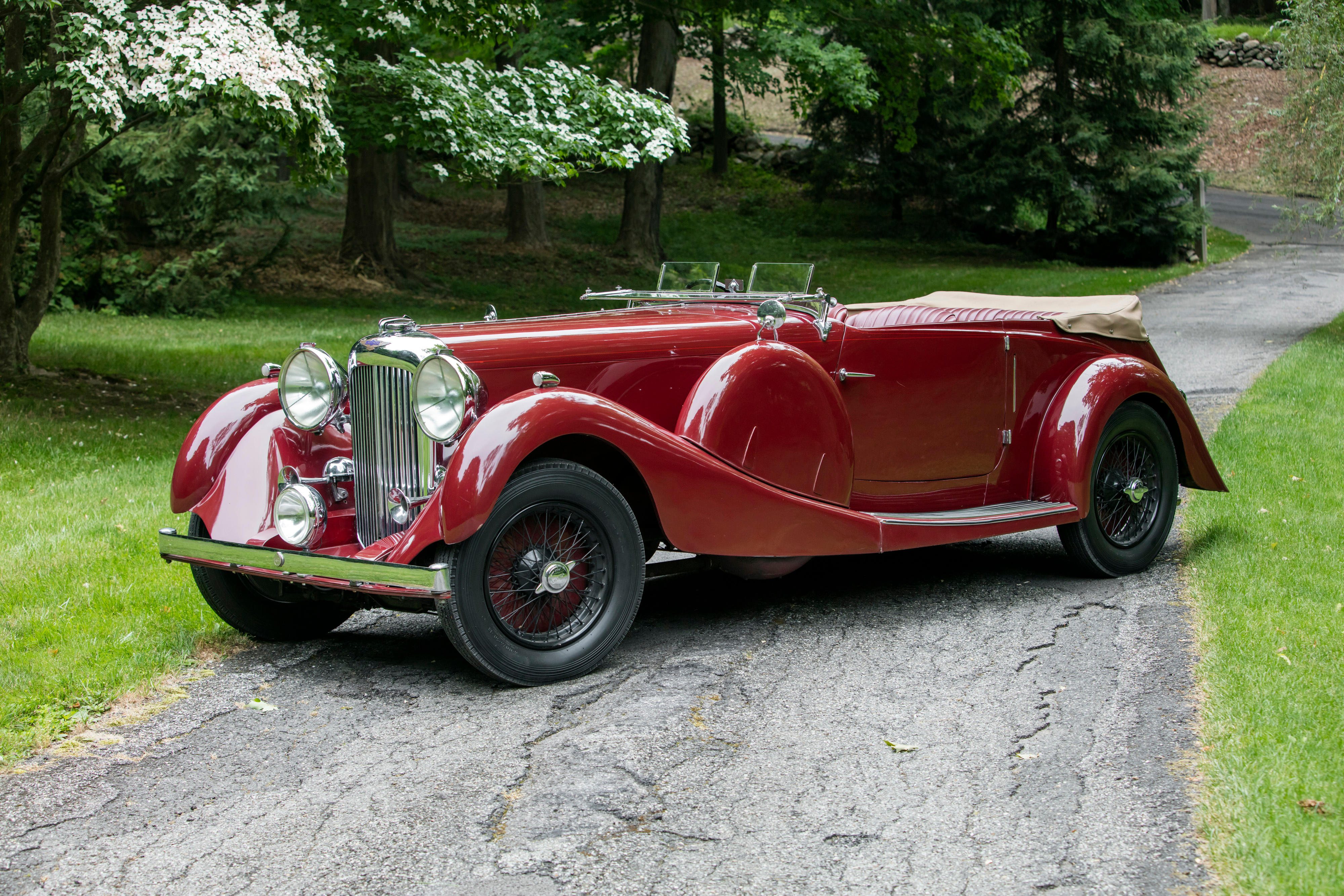
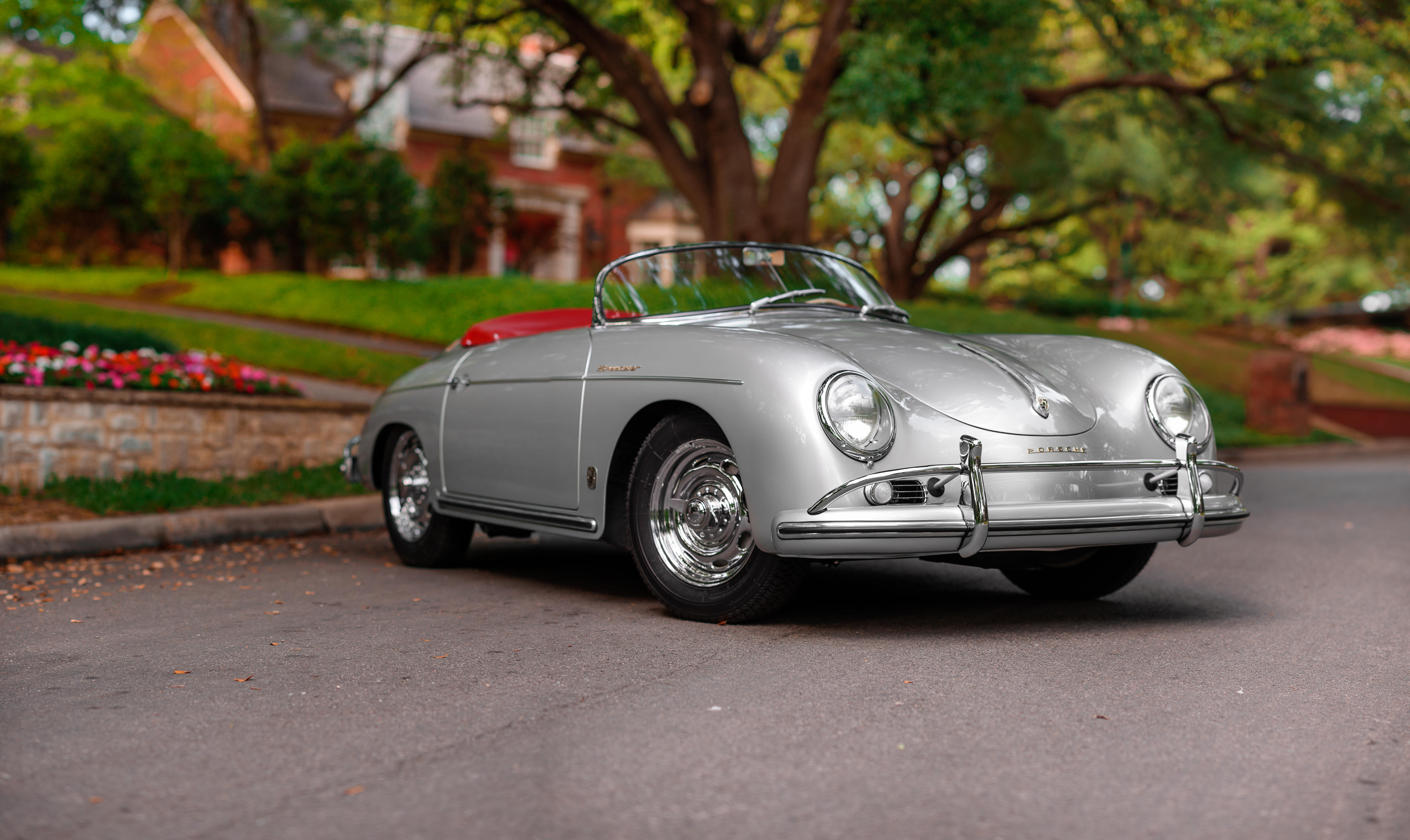
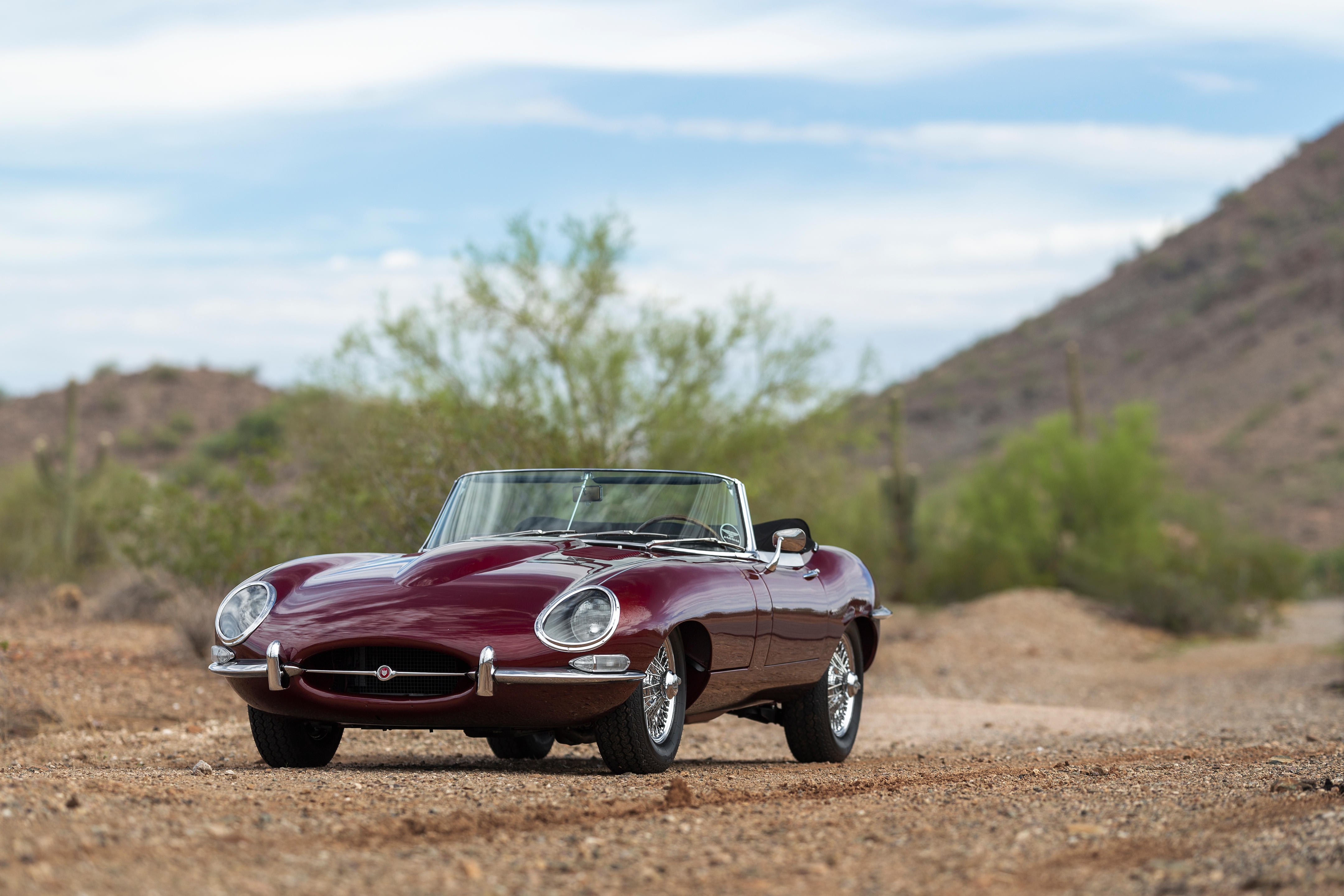
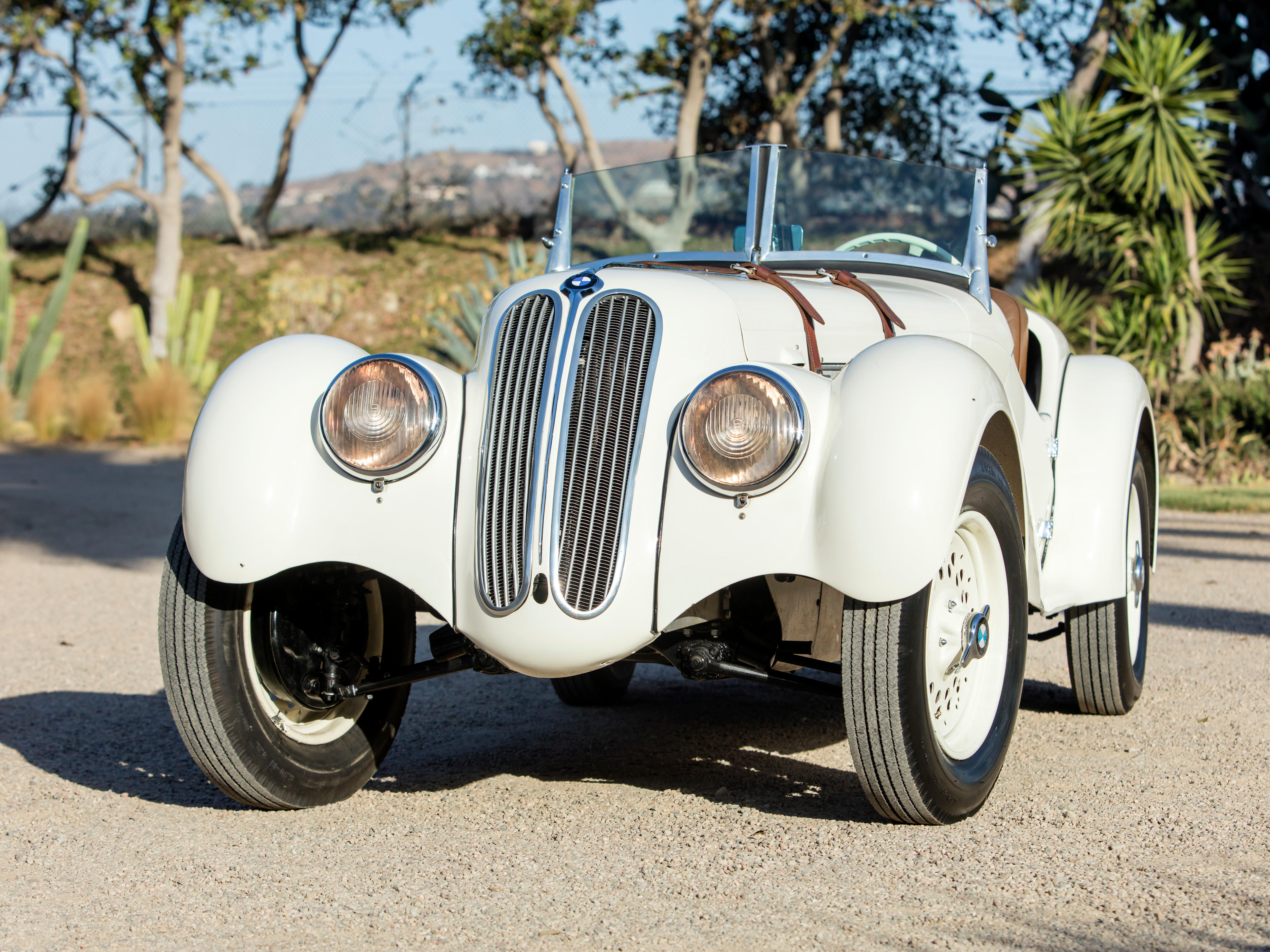
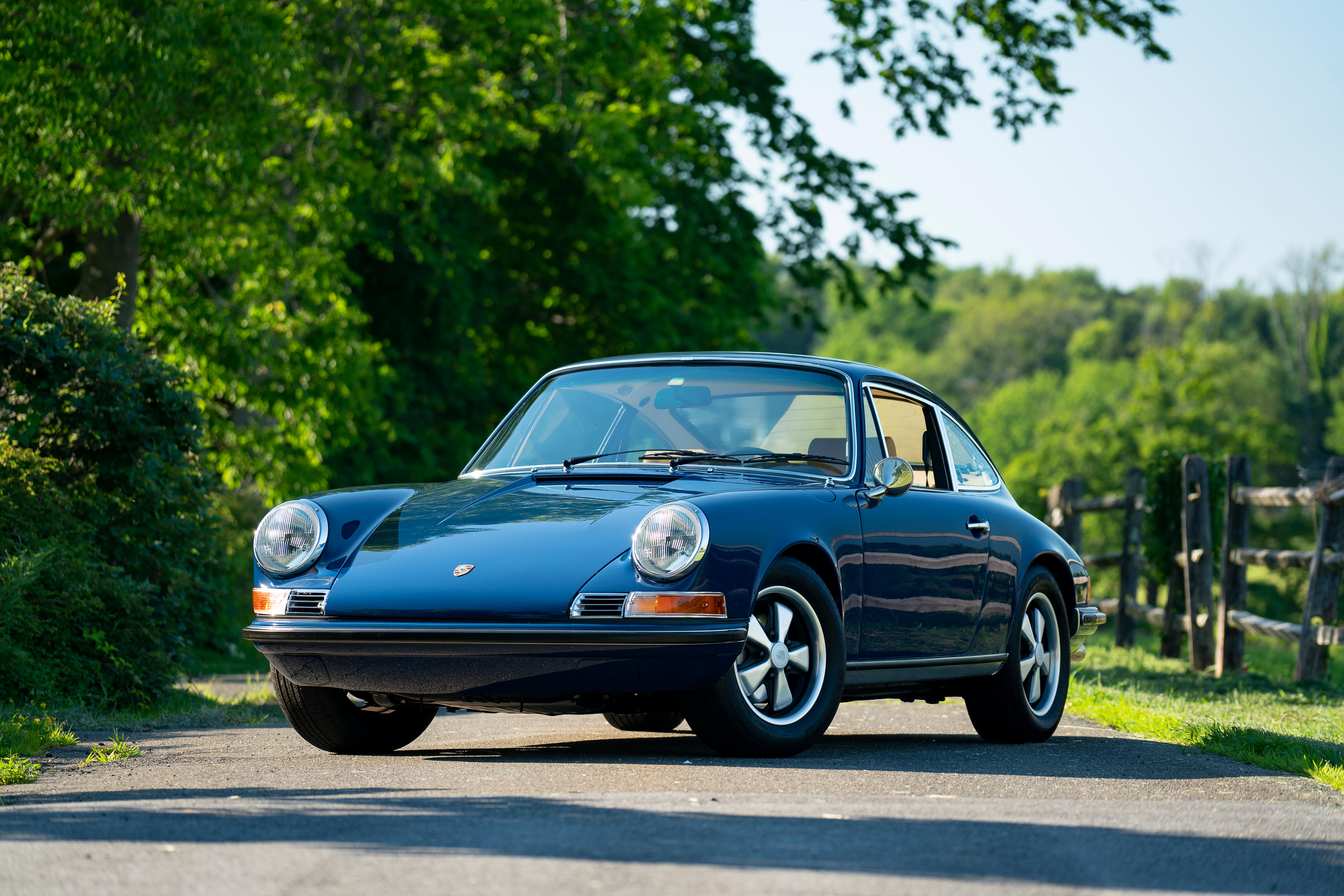
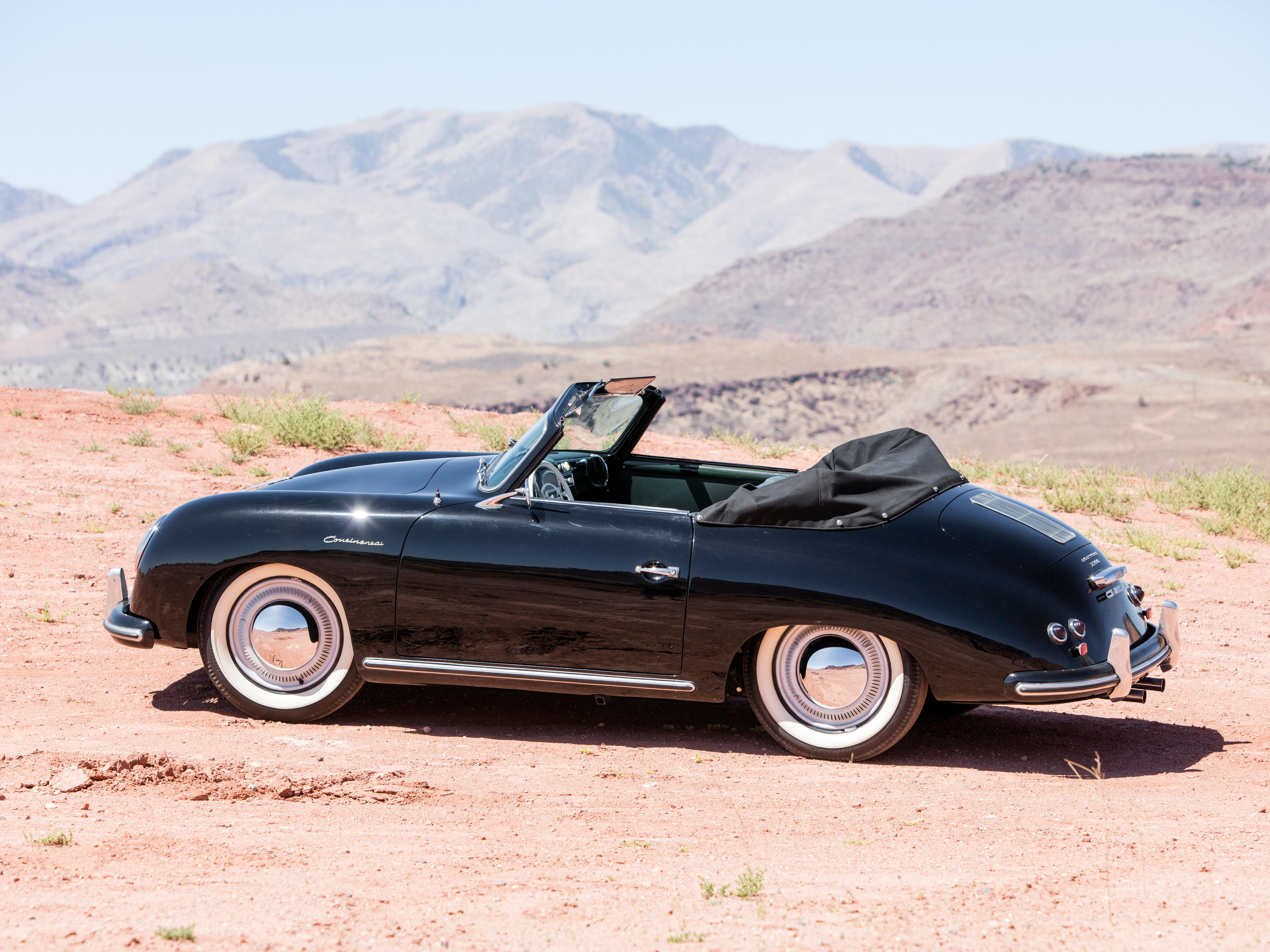
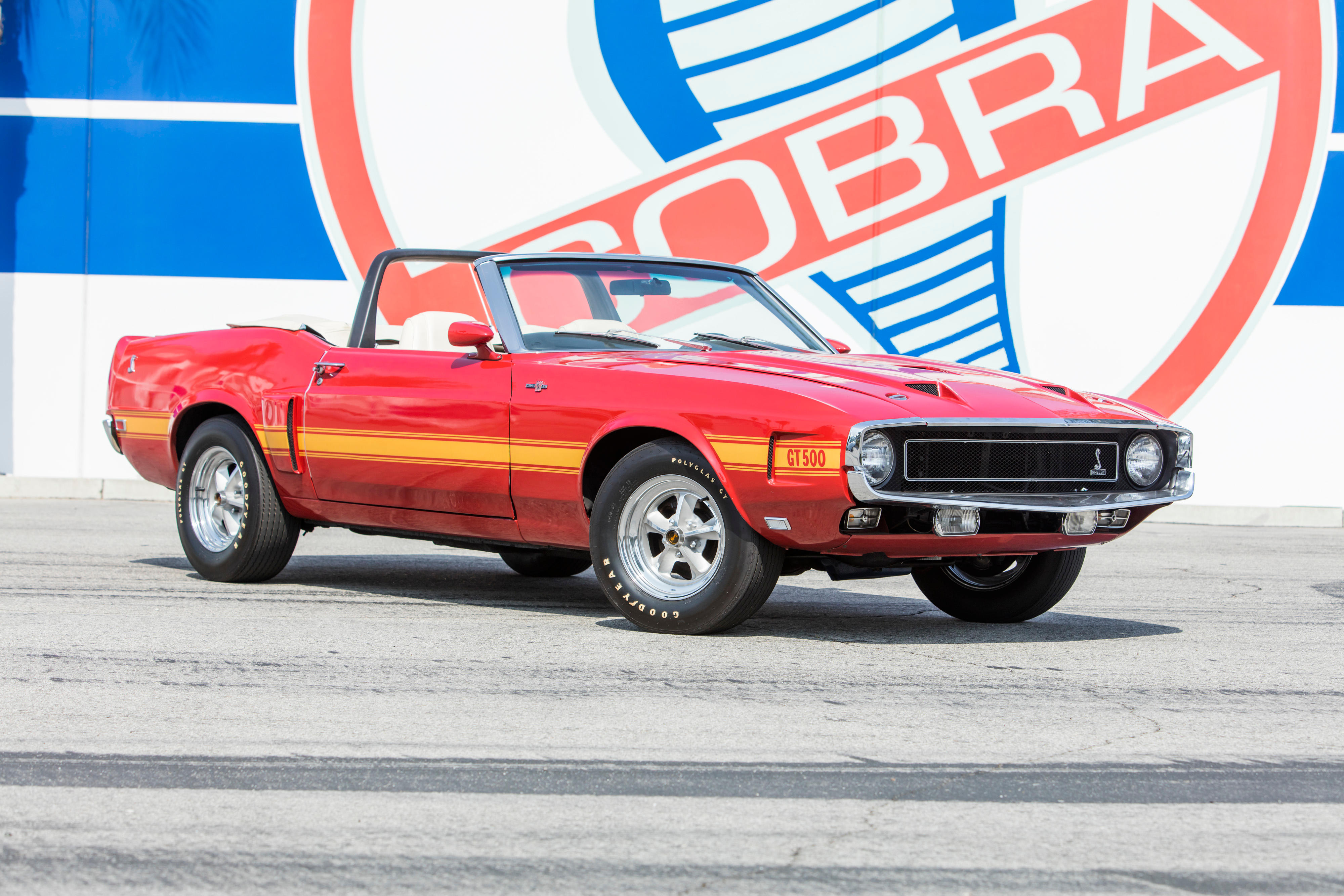
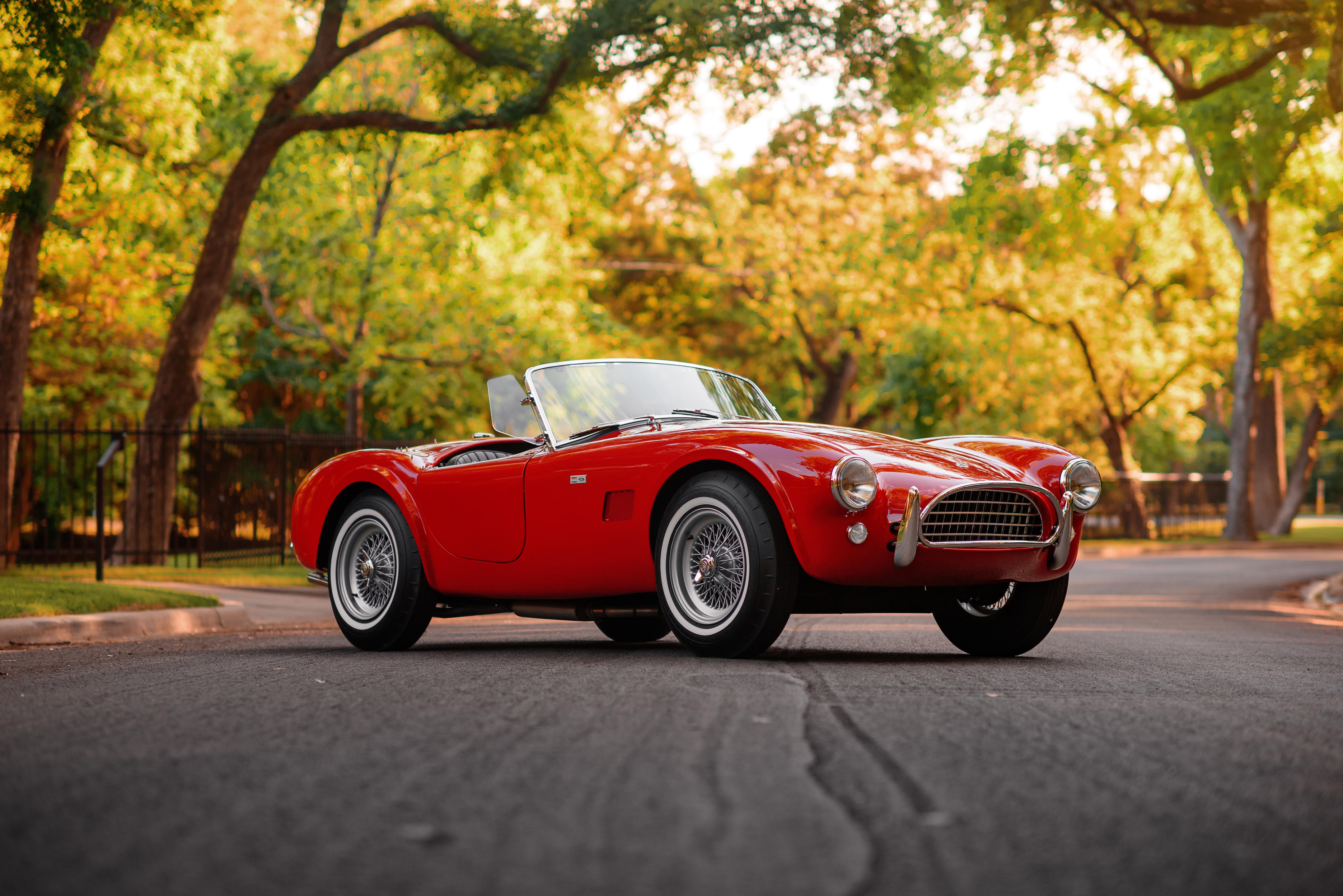
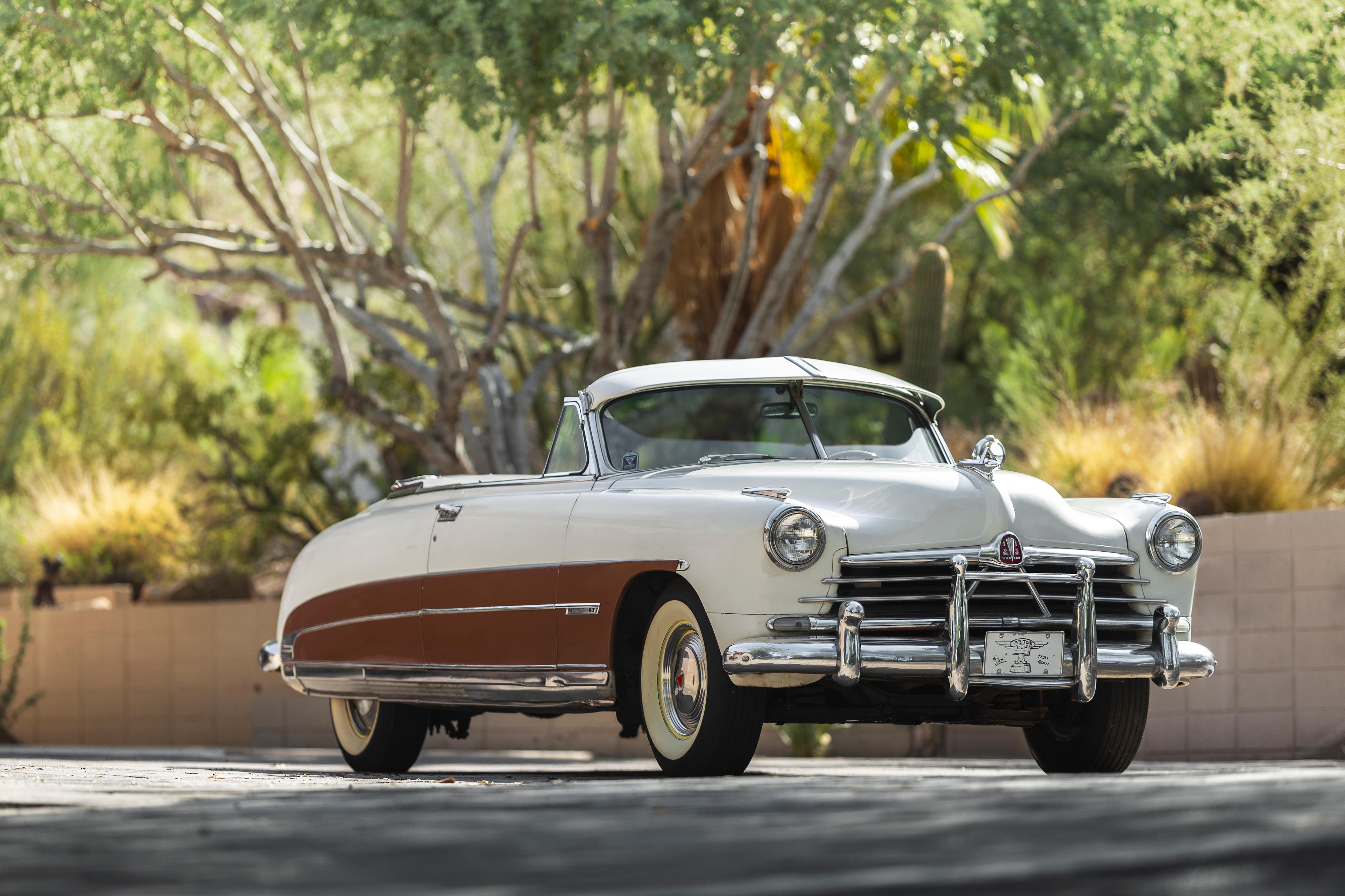

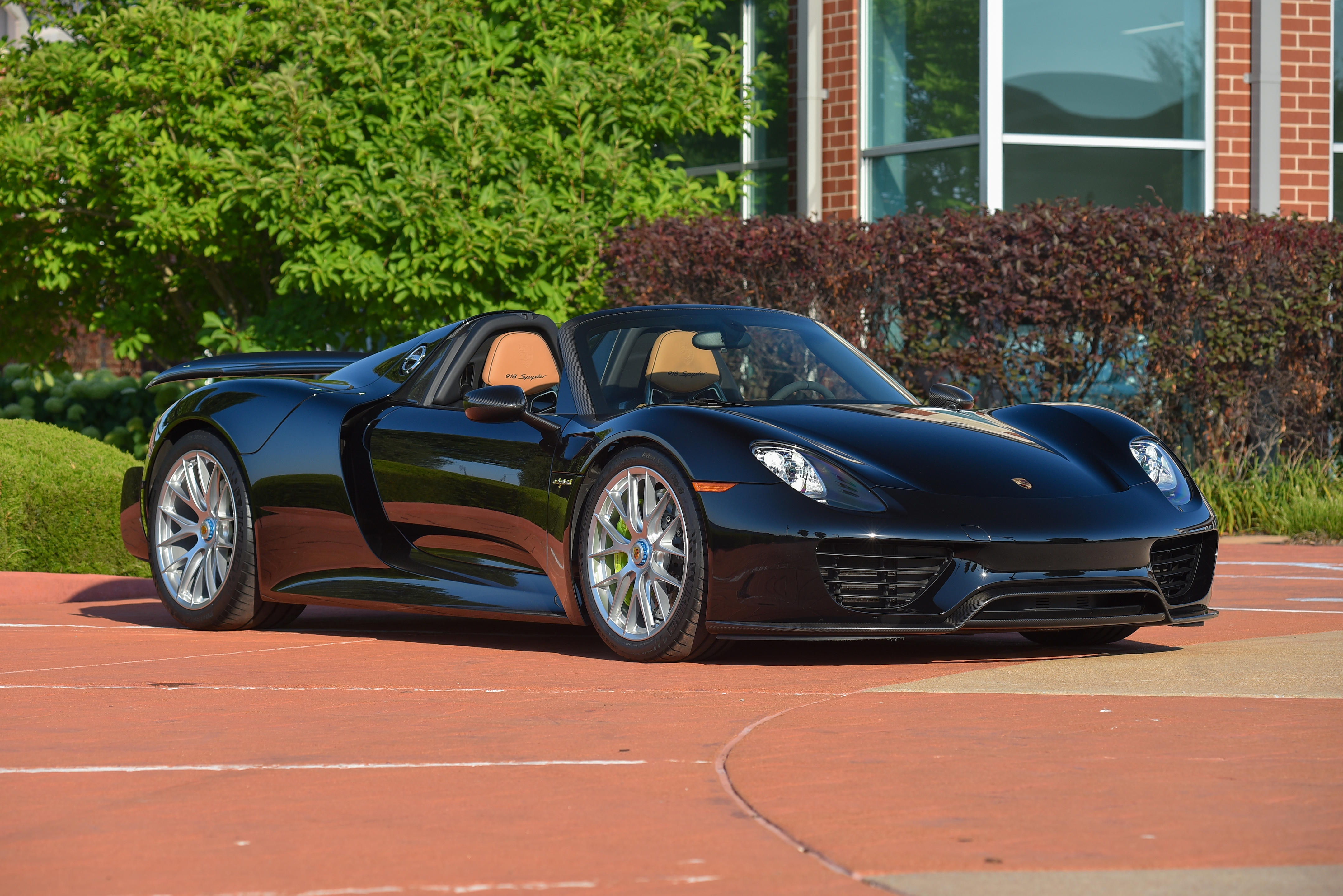
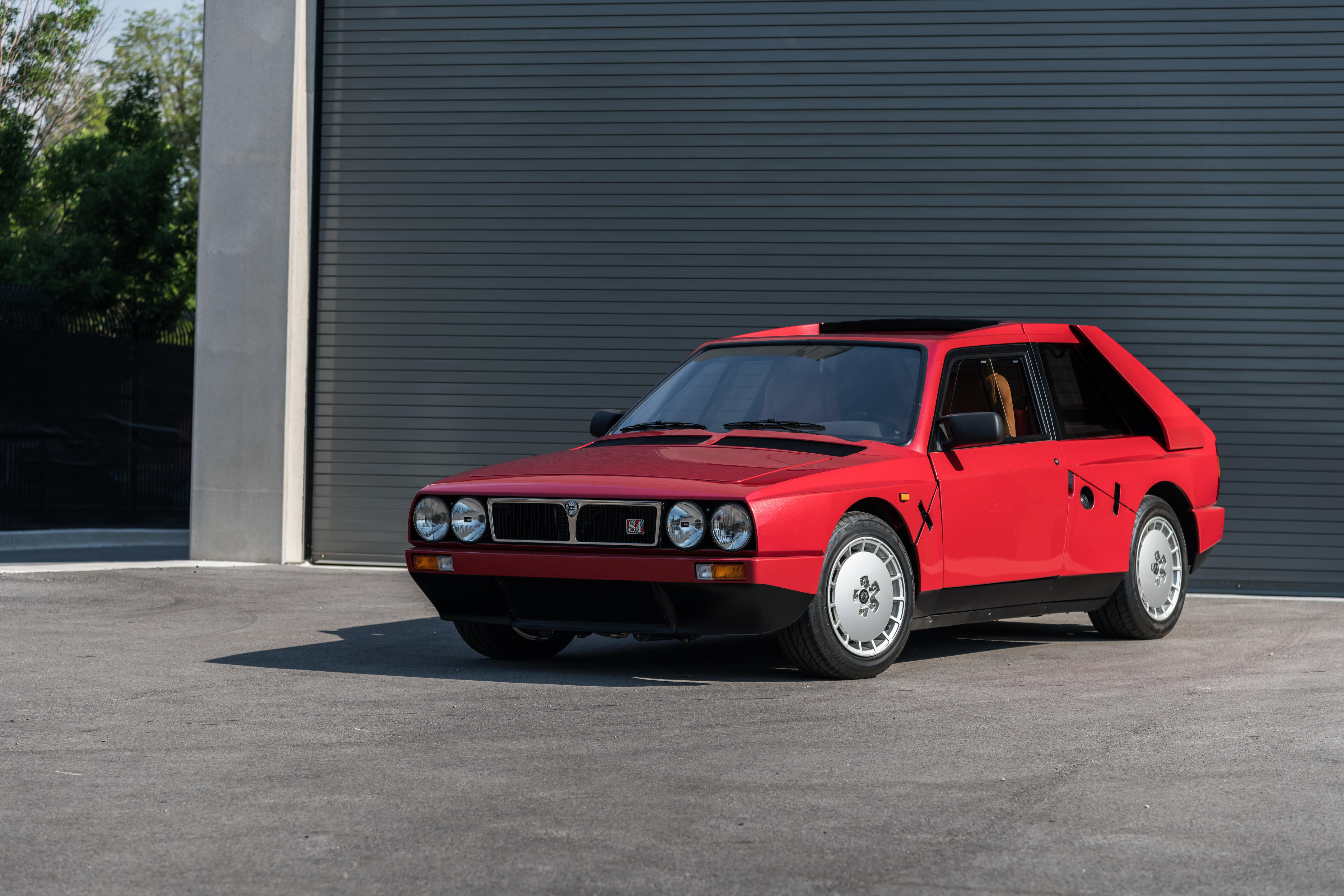
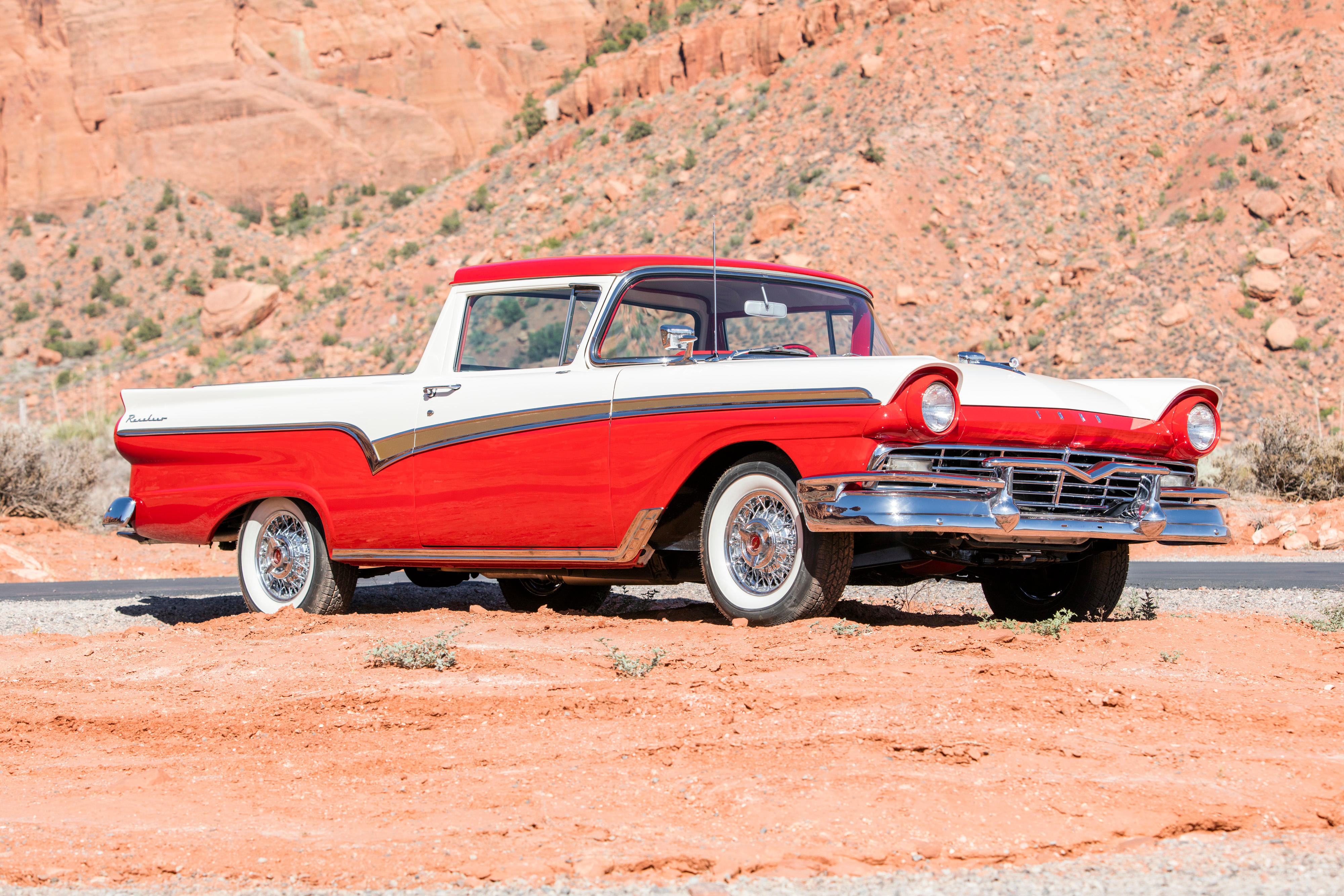
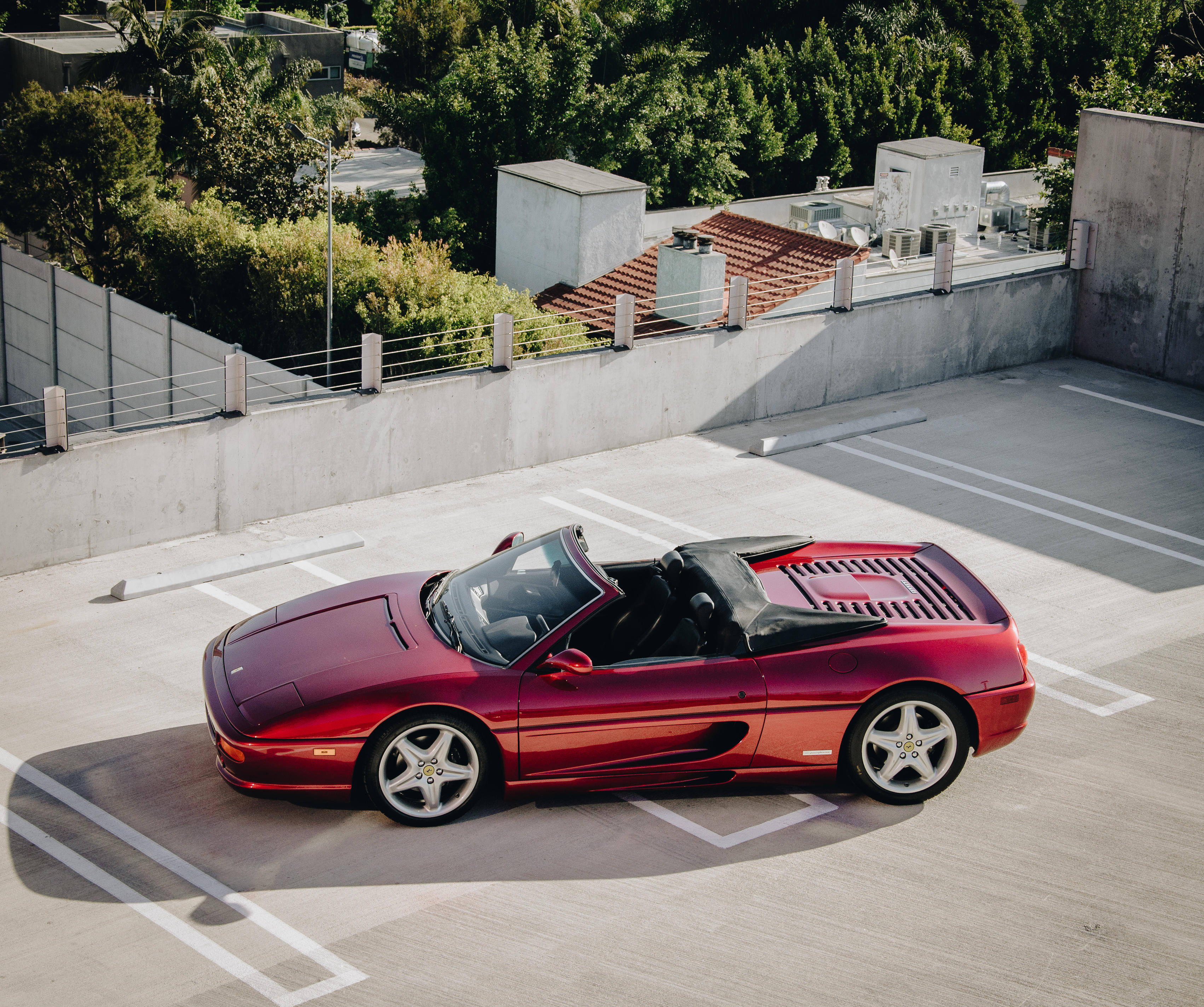
Try LotSearch and its premium features for 7 days - without any costs!
Be notified automatically about new items in upcoming auctions.
Create an alert